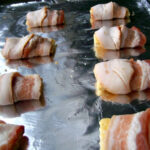The image of the American pioneer man often conjures up visions of rugged individuals braving the wilderness. But beyond the grit and determination, there was a distinct style to their attire. Exploring the fashion of Pioneer Outfit Men reveals a fascinating blend of practicality, availability, and evolving trends. This article delves into the key elements of men’s pioneer clothing, focusing on the surprising prevalence of calico and how to recreate this iconic look.
 Antique Photograph Handsome and suave. ca. 1860:
Antique Photograph Handsome and suave. ca. 1860:
Understanding the Gentleman’s Pioneer Wardrobe
During the 1860s and 1870s, the foundation of a gentleman’s pioneer outfit started with practicality and adapted to the available resources. While fashion trends from the East Coast influenced styles, the frontier necessitated adjustments for comfort and durability. Let’s break down the essential components:
Trousers: The Workhorse of Pioneer Clothing
Trousers for pioneer men were typically high-waisted and flat-fronted. Solid colors were common, but pinstripes and plaids added a touch of personality when available. These weren’t the tailored trousers of city dwellers; they were designed for movement and resilience, crafted from sturdy materials like wool or cotton blends when possible.
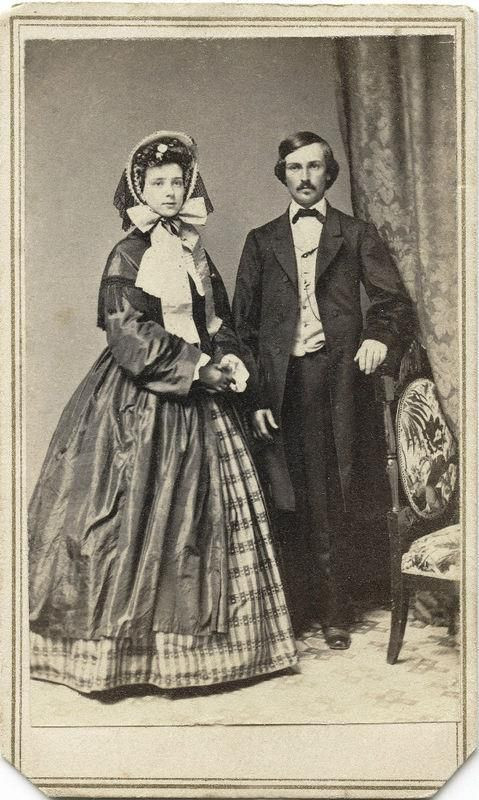 1860
1860
Vests: Adding Layers and Style to Pioneer Men’s Fashion
The vest was an indispensable part of a pioneer man’s outfit. Worn over the shirt and under a coat (when needed), it provided an extra layer of warmth and a touch of formality. Vests could be found with or without lapels and were often used to showcase personal style with details like pocket watches and chains.
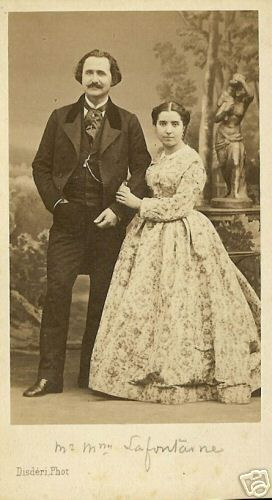 Gent in frock coat, vest with watch chain, trousers, shirt and cravat.
Gent in frock coat, vest with watch chain, trousers, shirt and cravat.
Shirts: From Band Collars to Variety
Pioneer men’s shirts offered versatility in style. Band collar shirts, which didn’t require a tie or cravat, were a practical choice for everyday wear. However, a range of collar styles also existed to accommodate different forms of neckwear, allowing for a more dressed-up look when desired.
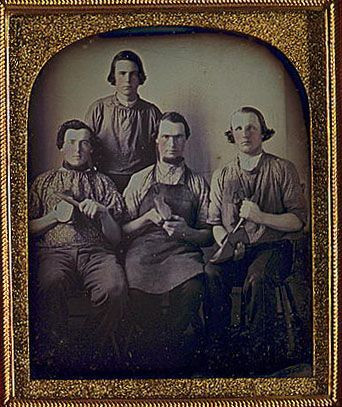 Daguerreotype of four shoemakers.
Daguerreotype of four shoemakers.
Cravats and Neckwear: Finishing the Pioneer Gentleman Look
For a more formal or refined pioneer outfit, cravats and ties were essential. These neckwear pieces added a touch of sophistication and could be adapted to different collar styles, completing the look of a well-dressed pioneer man.
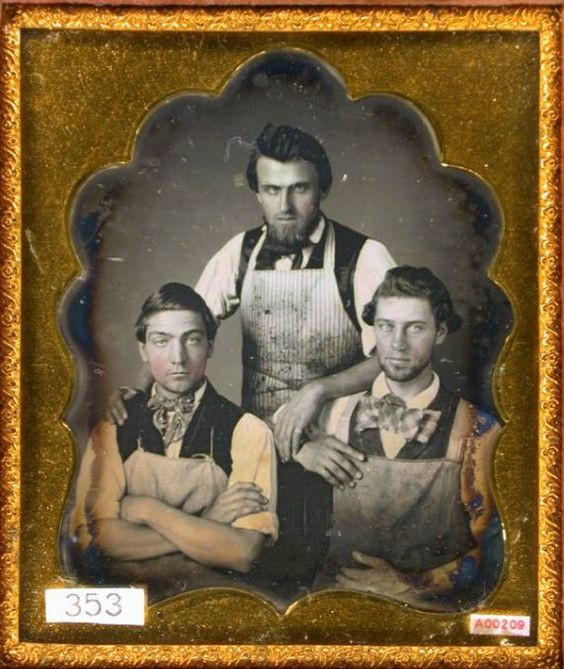 Three shop workers wearing aprons.
Three shop workers wearing aprons.
The Calico Revelation: Real Men Embraced Floral Prints
Perhaps surprisingly to modern eyes, calico fabric was a staple in pioneer men’s fashion. Far from being considered feminine, calico, especially floral prints, was readily available and widely used for shirts, vests, and even trousers.
The History of Calico: From India to the American Frontier
Calico’s journey is a global one. Originating in Calicut, India, it was initially a plain-woven cotton fabric. By the 17th century, Indian calicoes were imported to Europe, gaining immense popularity. While in some parts of the world, “calico” refers to plain cotton, in America, it became synonymous with cotton fabric featuring small, all-over floral prints.
Why Calico for Pioneer Men? Practicality and Availability
The prevalence of calico in pioneer clothing stems from its availability and affordability. Imported from England and later produced domestically, printed calico became a common fabric choice. For families outfitting themselves on the frontier, purchasing bolts of calico from a mercantile store was a practical solution, allowing them to create clothing for everyone from the same fabric.
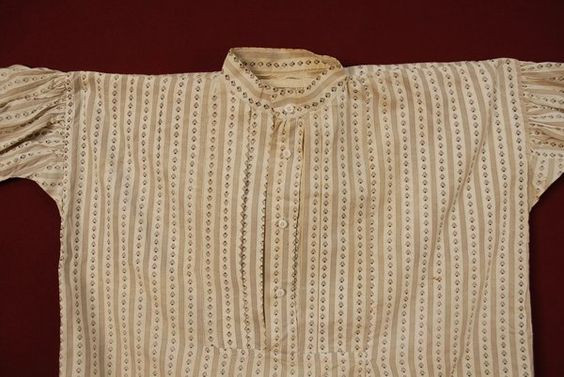 Men
Men
Calico Across Cultures: A Versatile Fabric
The adaptability of calico is evident in its use across different communities in the pioneer era. Native American populations also incorporated calico into their clothing, demonstrating its widespread availability and acceptance.
 Native American family in calico
Native American family in calico
Even prominent figures like Cayuga chief Gadji-Nonda-He are depicted wearing calico shirts, highlighting its integration into diverse wardrobes.
 Gadji-Nonda-He, a Cayuga chief
Gadji-Nonda-He, a Cayuga chief
Pink and Floral: Challenging Gendered Perceptions
The idea of men wearing pink calico shirts might seem unconventional today, but historical context reveals a different story. Pink, being a shade of red, was long considered a masculine color. It wasn’t until the mid-20th century that pink became strongly associated with femininity. Therefore, pioneer men wearing pink or floral calico shirts were simply embracing the available fabrics and color palettes of their time.
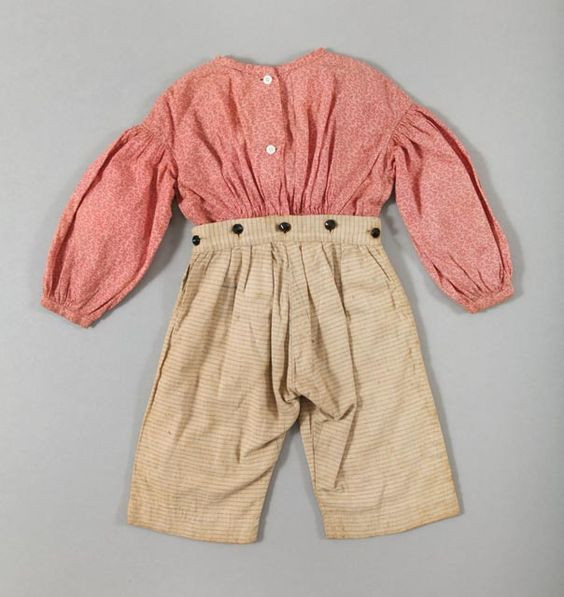 Boy’s outfit, pink and red calico shirt attached to plaid tan blue and gray patterned pants, hand-sewn, cotton and wooden buttons, circa 1840.:
Boy’s outfit, pink and red calico shirt attached to plaid tan blue and gray patterned pants, hand-sewn, cotton and wooden buttons, circa 1840.:
Crafting Your Own Pioneer Outfit Men’s Style
Inspired to create your own pioneer outfit men’s look? Here are some tips to guide you:
Fabric Choices: Embracing Calico and Beyond
- Calico: Don’t shy away from floral calico prints for shirts or vests. Look for small, repeating patterns for authenticity.
- Solid Cotton and Wool: For trousers and vests, consider solid-colored cotton, linen, or wool blends in earth tones, blues, or muted reds.
- Pinstripes and Plaids: Introduce subtle pinstripes or plaids for trousers or vests for added visual interest.
Pattern Inspiration: Historical Accuracy and Modern Adaptations
- Historical Patterns: Search for historical sewing patterns from the 1860s-1870s for vests, shirts, and trousers. Recreating garments from patterns of the era ensures a more authentic silhouette.
- Modern Patterns with Historical Elements: Adapt modern vest and shirt patterns, focusing on details like band collars, high-waisted trousers, and classic cuts.
Accessories: Completing the Pioneer Look
- Hats: Straw hats were common and practical for outdoor work. Felt hats in various styles were also worn.
- Boots: Sturdy leather boots are essential for a pioneer look.
- Pocket Watches: A pocket watch adds a touch of gentlemanly detail.
- Cravats/Ties: Experiment with different cravat styles to elevate the outfit.
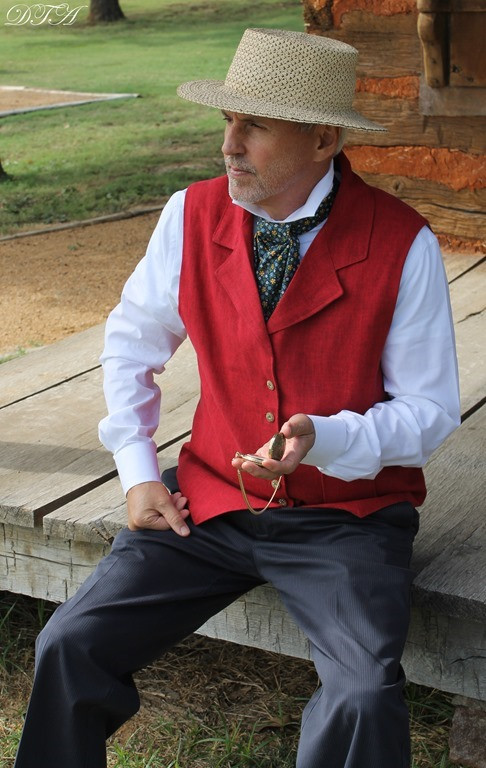 Becoming Laura Ingalls Wilder Eric
Becoming Laura Ingalls Wilder Eric
Conclusion: Embracing the Pioneer Spirit in Style
Creating a pioneer outfit men’s look is about understanding the historical context and embracing the resourcefulness of the era. Calico, far from being an anomaly, was a key fabric in pioneer men’s wardrobes, showcasing the practicality and availability that shaped frontier fashion. By focusing on key garments like trousers, vests, shirts, and incorporating authentic fabrics and accessories, you can create a compelling and historically inspired pioneer outfit. Whether for costume events, historical reenactments, or simply appreciating a unique style, exploring pioneer outfit men’s fashion offers a fascinating glimpse into American history.

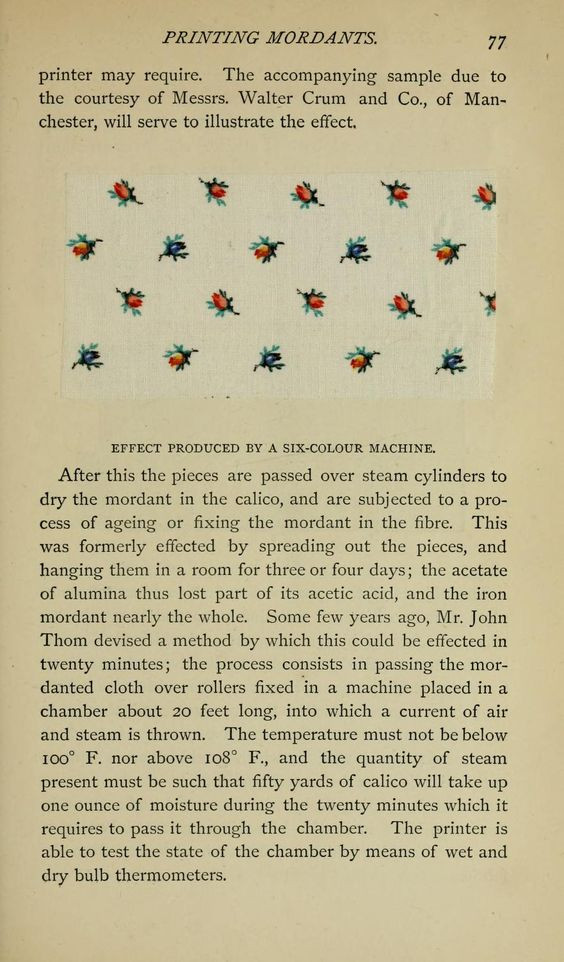 Early calico fabric
Early calico fabric